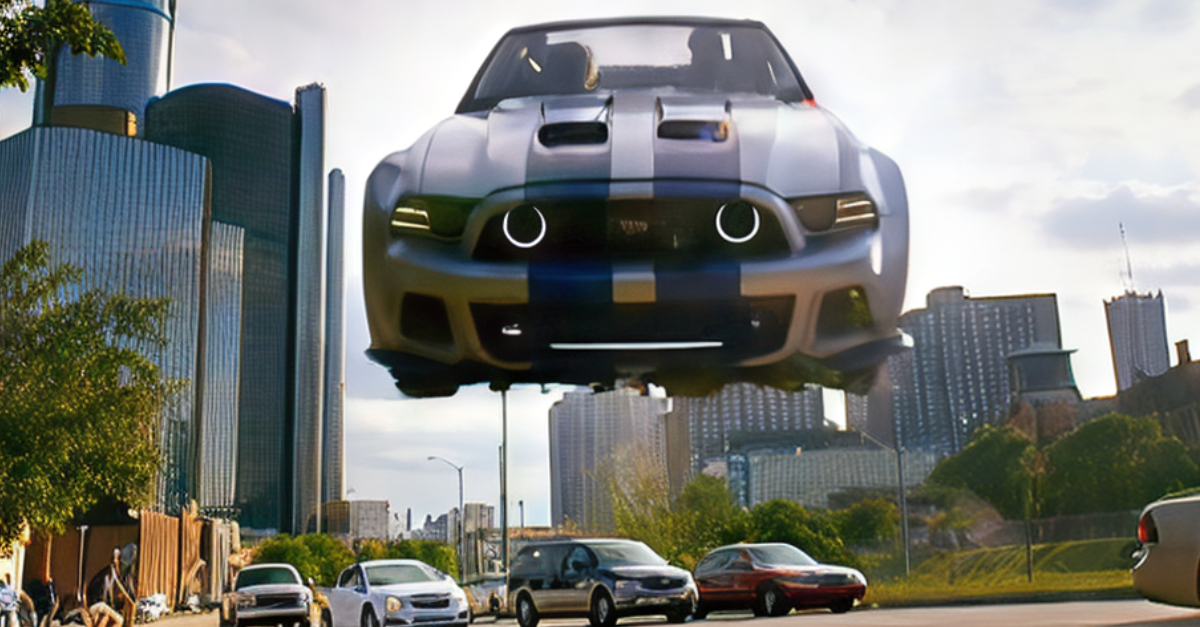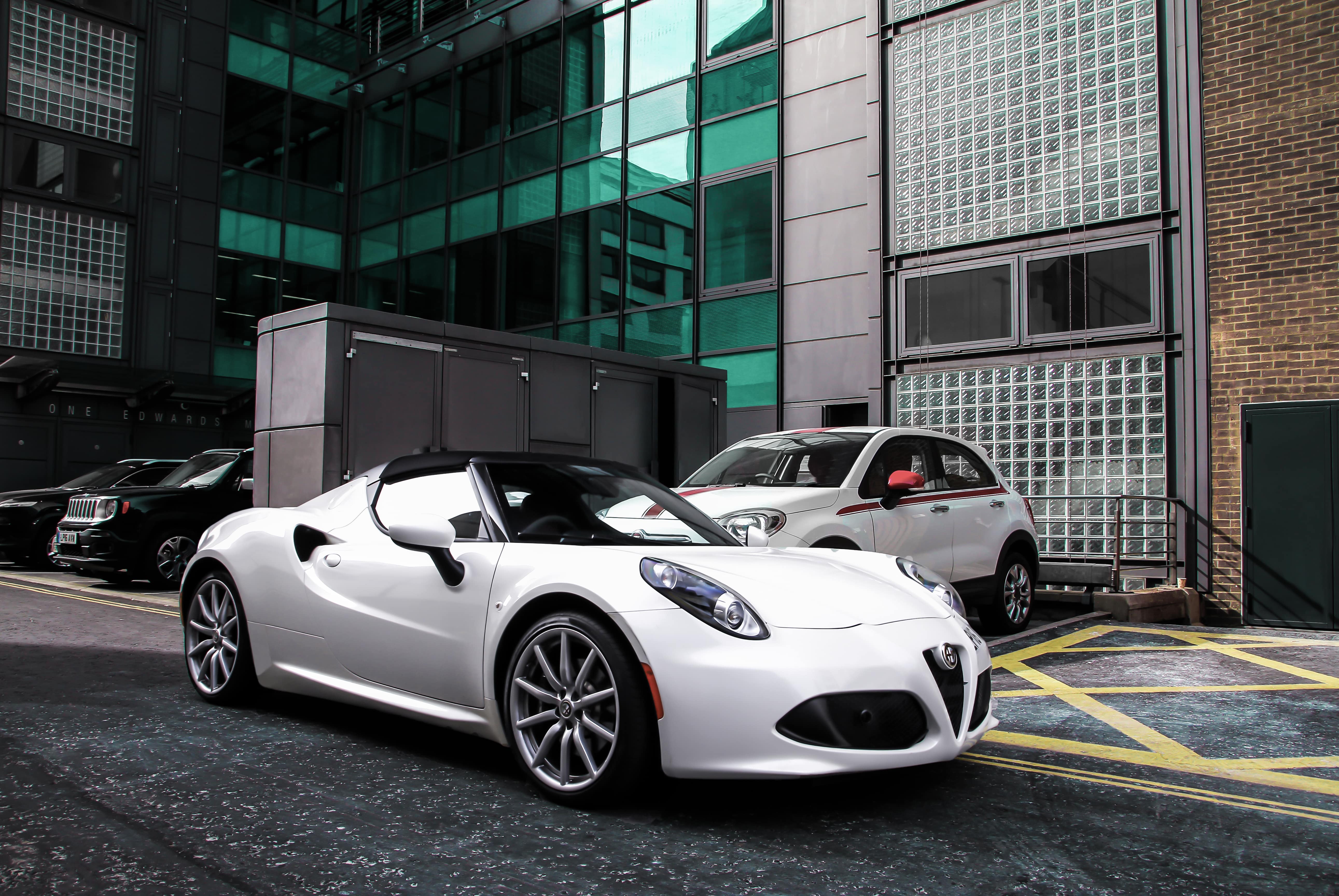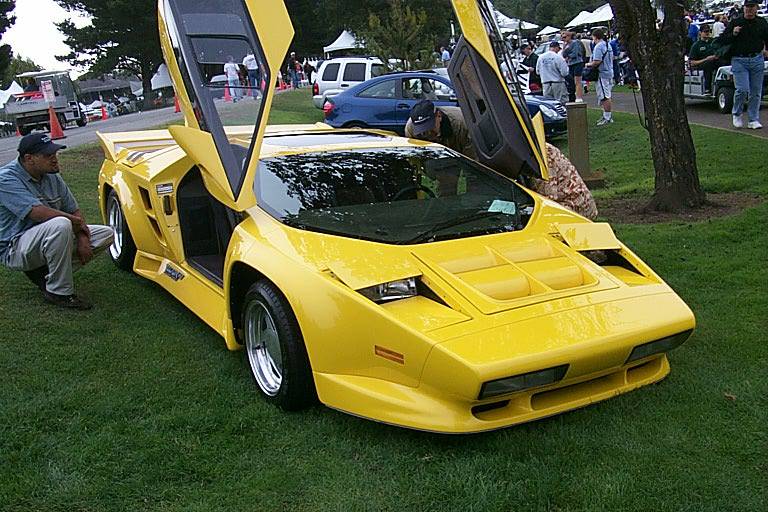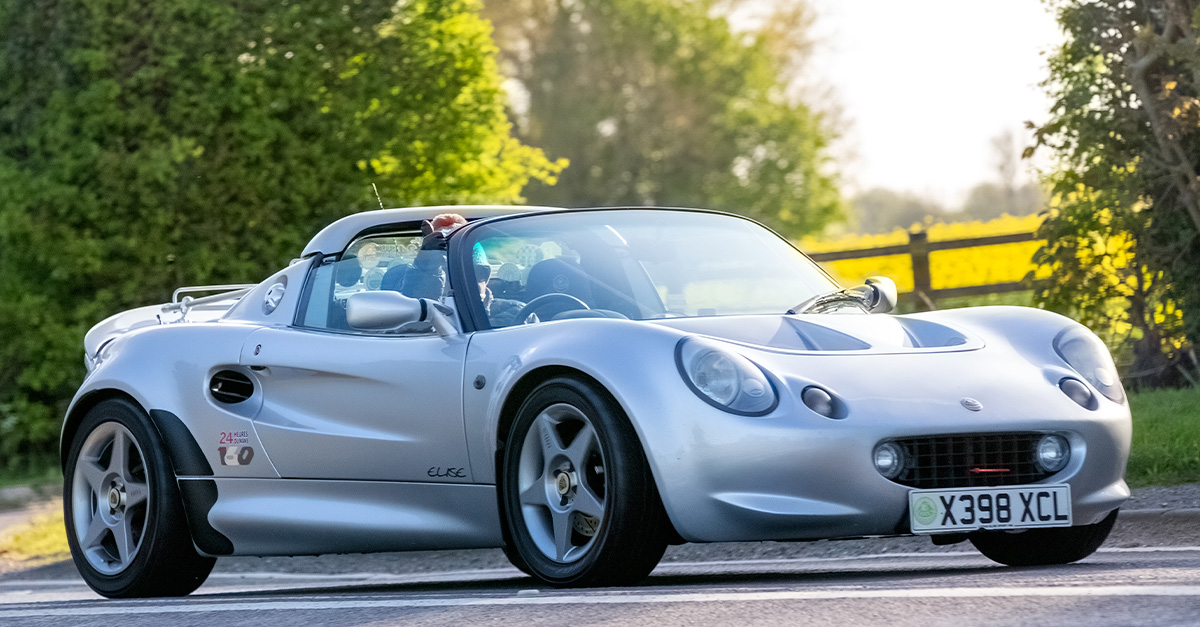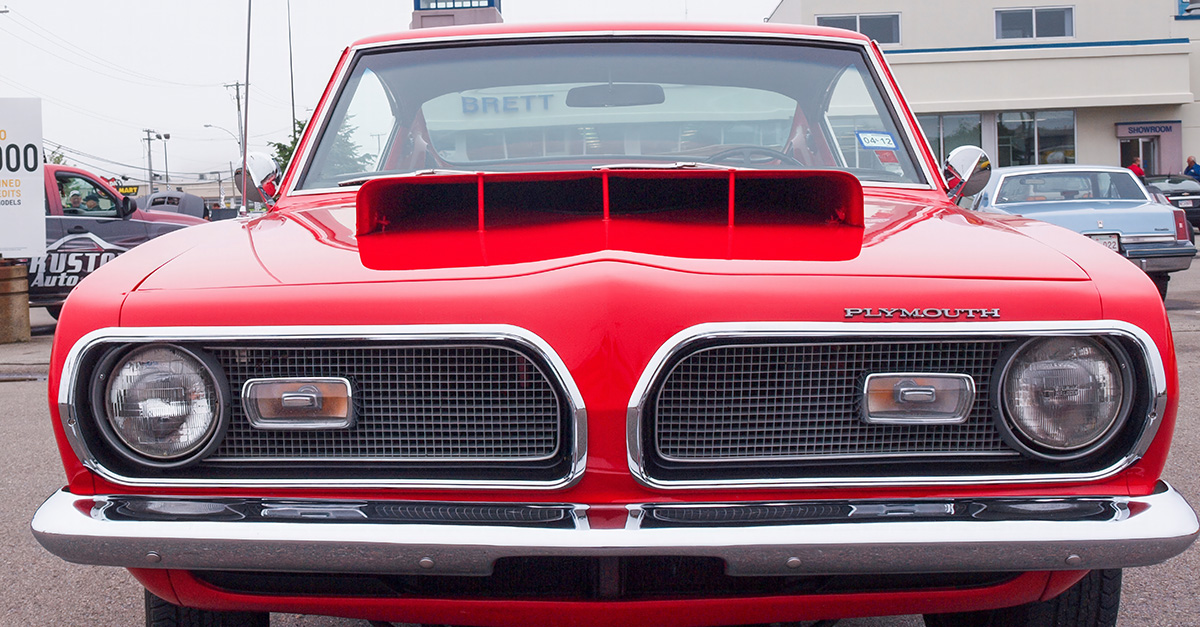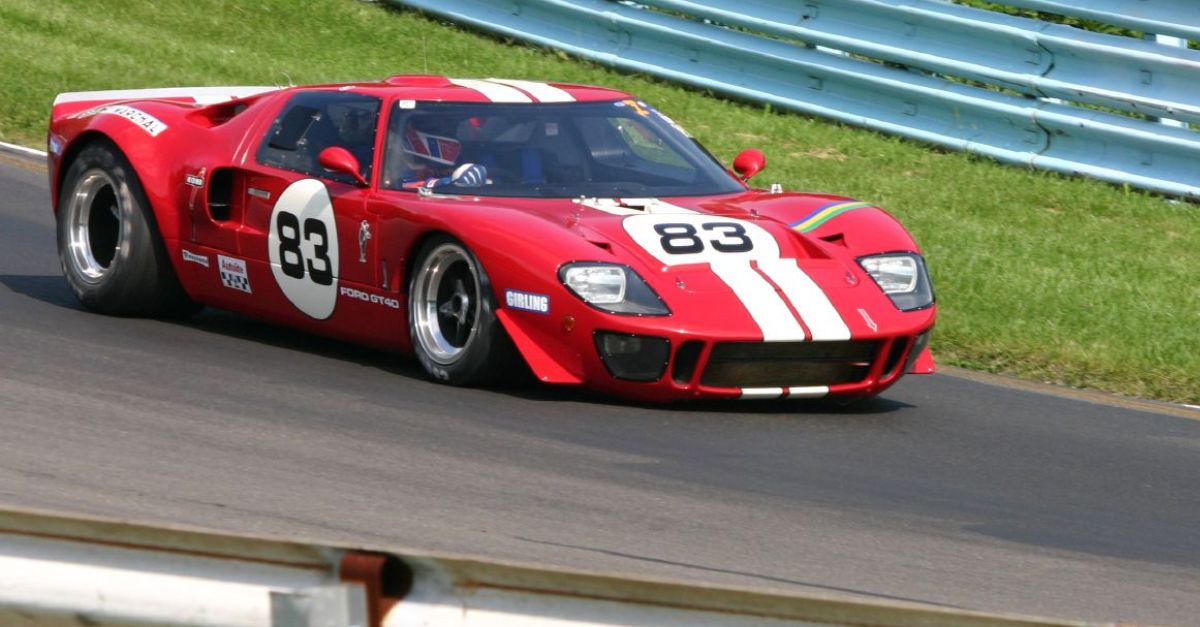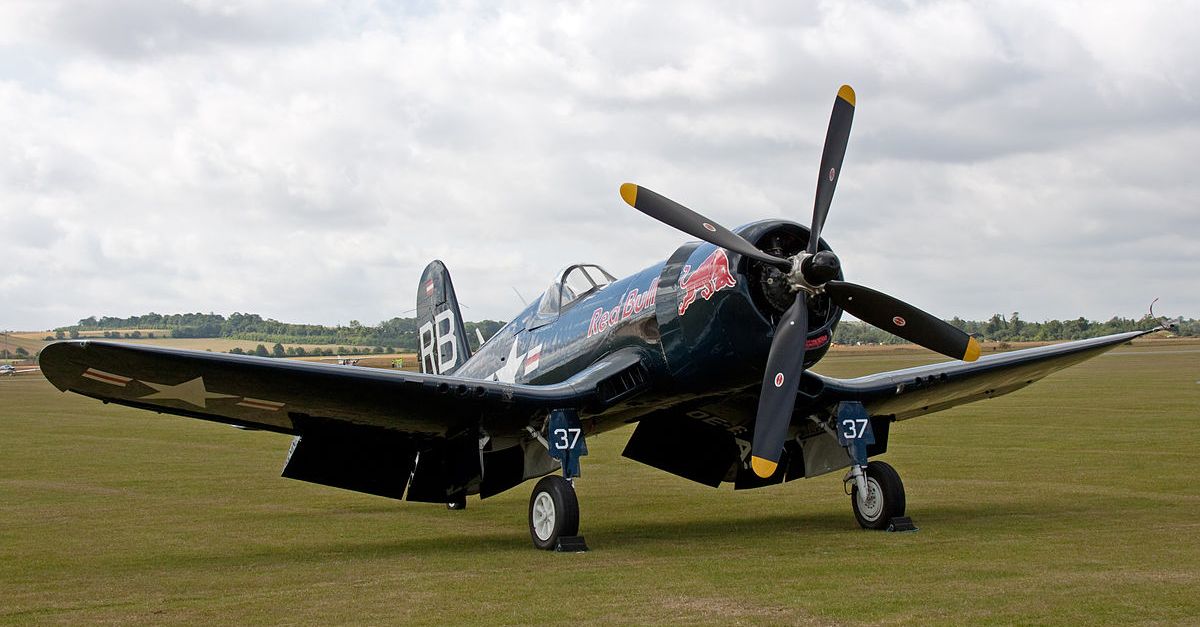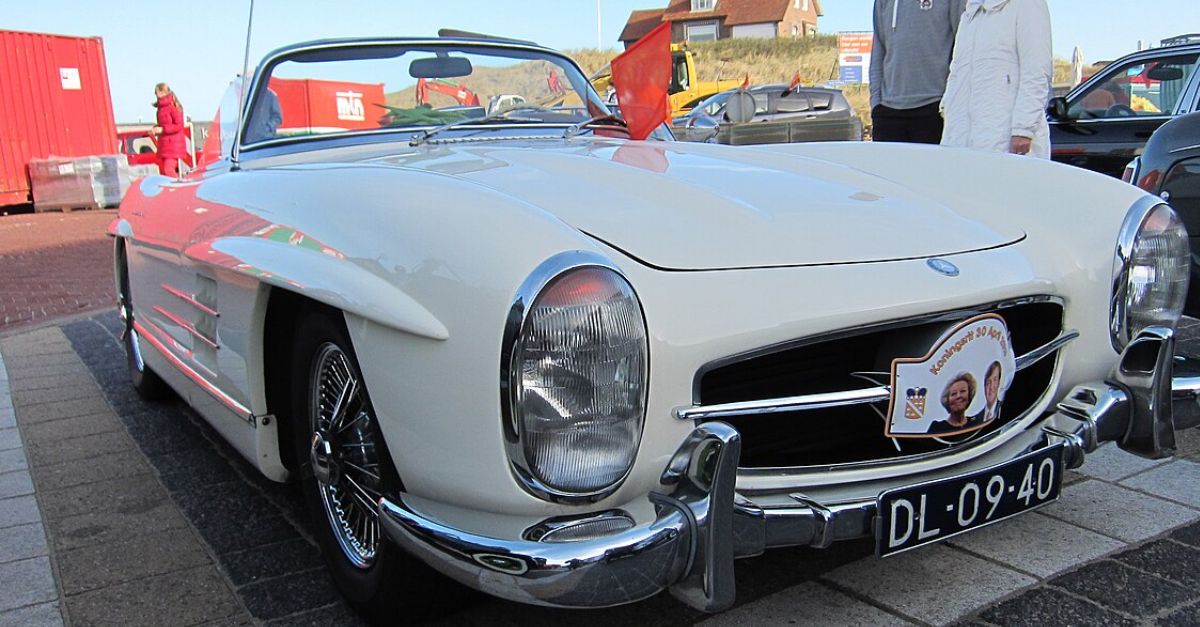A Little Backwards, a Lot of Fun
Supercars aren't just about raw horsepower and wild body kits—they're also about pushing engineering boundaries. Which sometimes means putting the engine in the wrong place (or better said: somewhere other than where you'd expect). Whether it's mid-mounted marvels, rear-heavy beasts, or front-engine rebels in a world of central layouts, these cars prove there's more than one way to go fast.
Here are some of the most iconic, strange, and downright brilliant supercars with their engines placed “wrong”… On purpose.

Ferrari F50
The Ferrari F50 took things to the extreme with an F1-derived 4.7L V12 mounted behind the driver—but in this case it wasn't placed low and sleek like its siblings. Instead, the V12 sat high and exposed, looking almost bolted on like an afterthought.
This mid-rear placement gave the F50 a visceral sound and wild handling. It wasn’t the easiest supercar to drive, but it was one of the rawest.
 MrWalkr, CC BY-SA 4.0, Wikimedia Commons
MrWalkr, CC BY-SA 4.0, Wikimedia Commons
Porsche 911 Turbo (Any Year)
The Porsche 911 is the poster child for “engines in the wrong place.” With the flat-six behind the rear axle, the 911 defies traditional sports car logic (and physics). Yet, somehow, Porsche has spent decades perfecting this tail-heavy setup, turning what should be a liability into awesome performance.
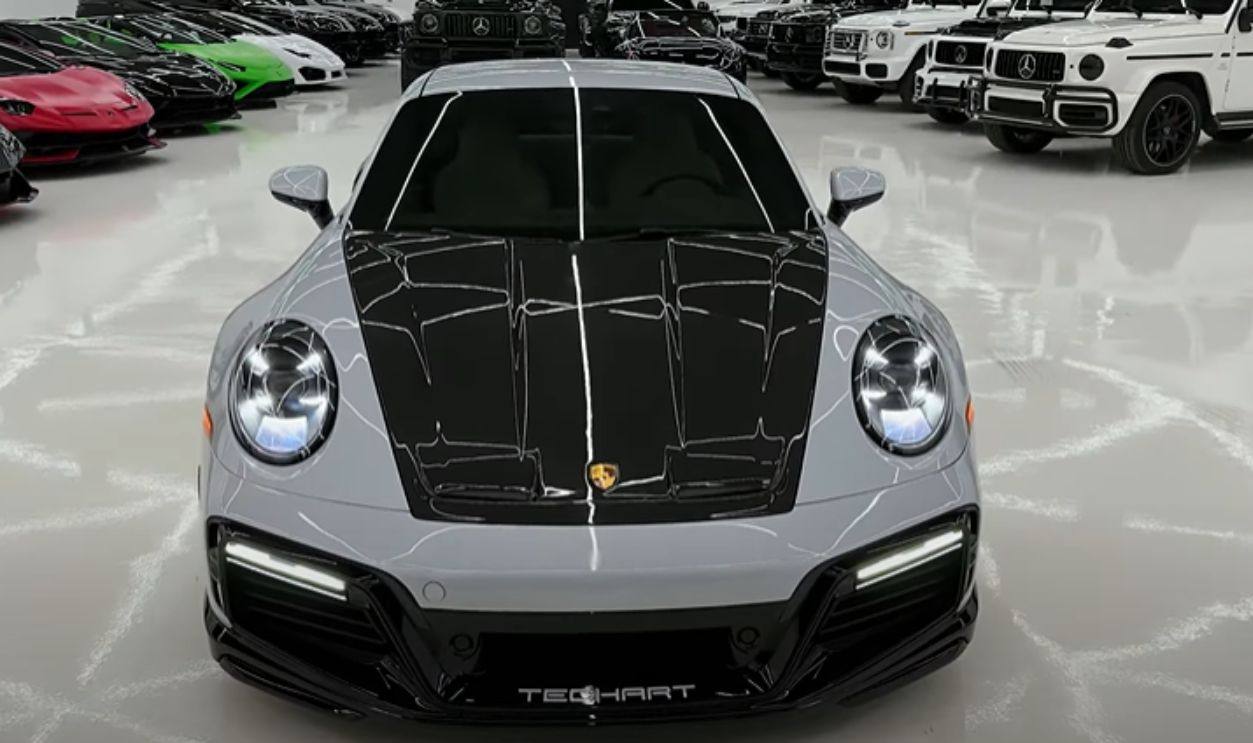 2025 Porsche 911 Turbo S by TECHART - Unbelievable Wild Sport Car in Details!, MARCARS
2025 Porsche 911 Turbo S by TECHART - Unbelievable Wild Sport Car in Details!, MARCARS
Renault 5 Turbo
This hatchback packed a mid-mounted engine surprise. Instead of the front-engine layout typical found in economy cars, Renault stuffed a 1.4L turbocharged engine behind the driver. The Renault 5 Turbo was loud, twitchy, and gloriously unconventional—and it looked like a go-kart that had been going to the gym 7 days a week.
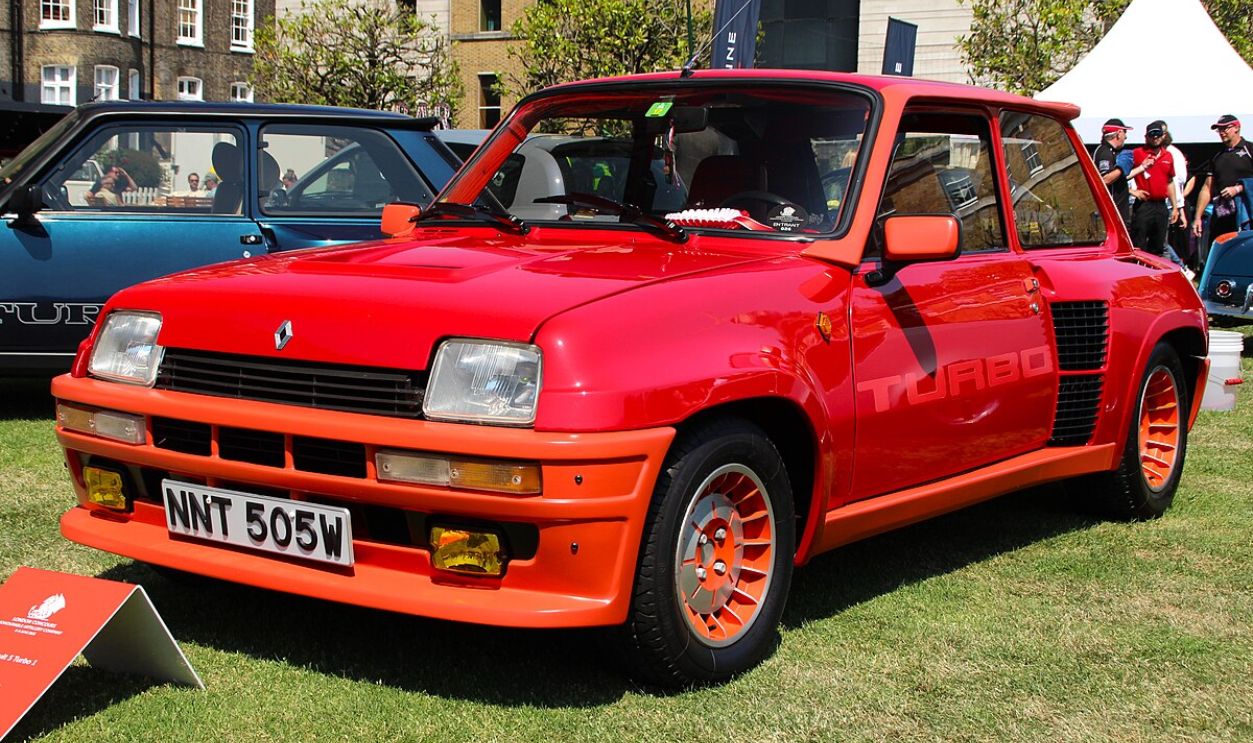 MrWalkr, CC BY-SA 4.0, Wikimedia Commons
MrWalkr, CC BY-SA 4.0, Wikimedia Commons
Lotus Evora
Lotus has always been about handling, so it’s no surprise the Toyota-sourced V6 in the Evora is tucked right behind the seats. What makes this one "odd" is just how practical the rest of the car is. A Lotus with back seats and daily drivability...what is that? With the engine mid-mounted, the Evora walks the line between sensible and supercar.
 Mr.choppers, CC BY-SA 3.0, Wikimedia Commons
Mr.choppers, CC BY-SA 3.0, Wikimedia Commons
DeLorean DMC-12
Yes, Back to the Future fans, that DeLorean. Under its stainless steel skin and gullwing doors is a PRV V6 shoved behind the rear axle. This made it unique, but also gave it a reputation for being more style than speed. Still, there's no denying that rear-engine setup gave it a certain sci-fi edge. We don't think the engine placement had anything to do with its ability to time travel though.
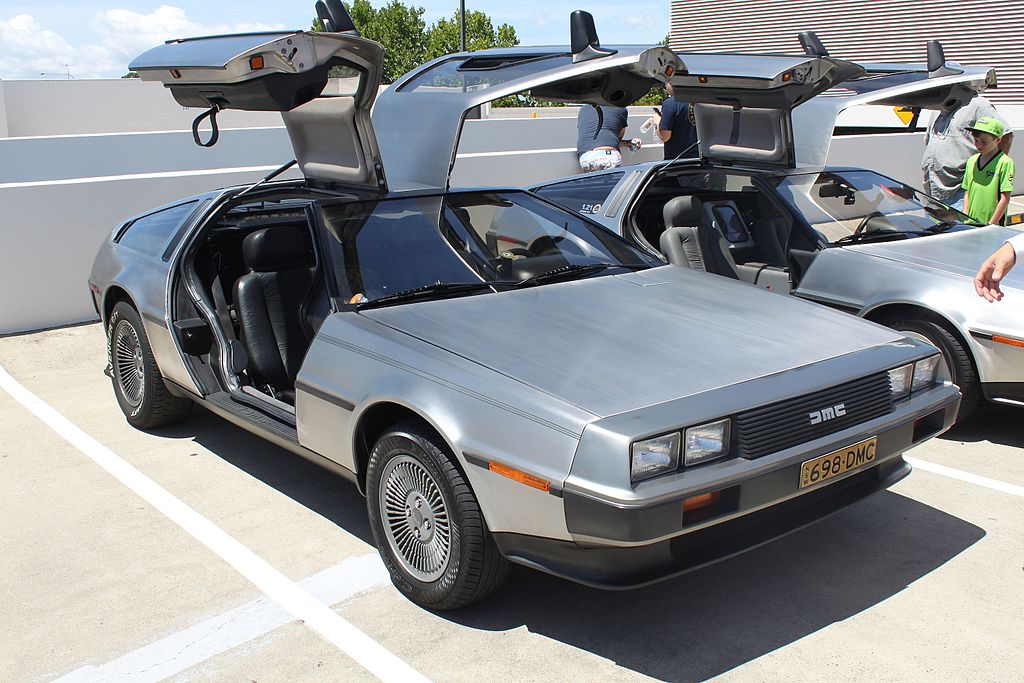 Jeremy, CC BY 2.0, Wikimedia Commons
Jeremy, CC BY 2.0, Wikimedia Commons
Lancia Stratos
Short wheelbase? Check. Ferrari V6? Check. Engine stuffed behind the driver like it barely fits? Double check. The Lancia Stratos became a rally legend thanks to its tight proportions and rear-mid engine layout. It handled like a maniac and looked like one too—and that's what made it perfect.
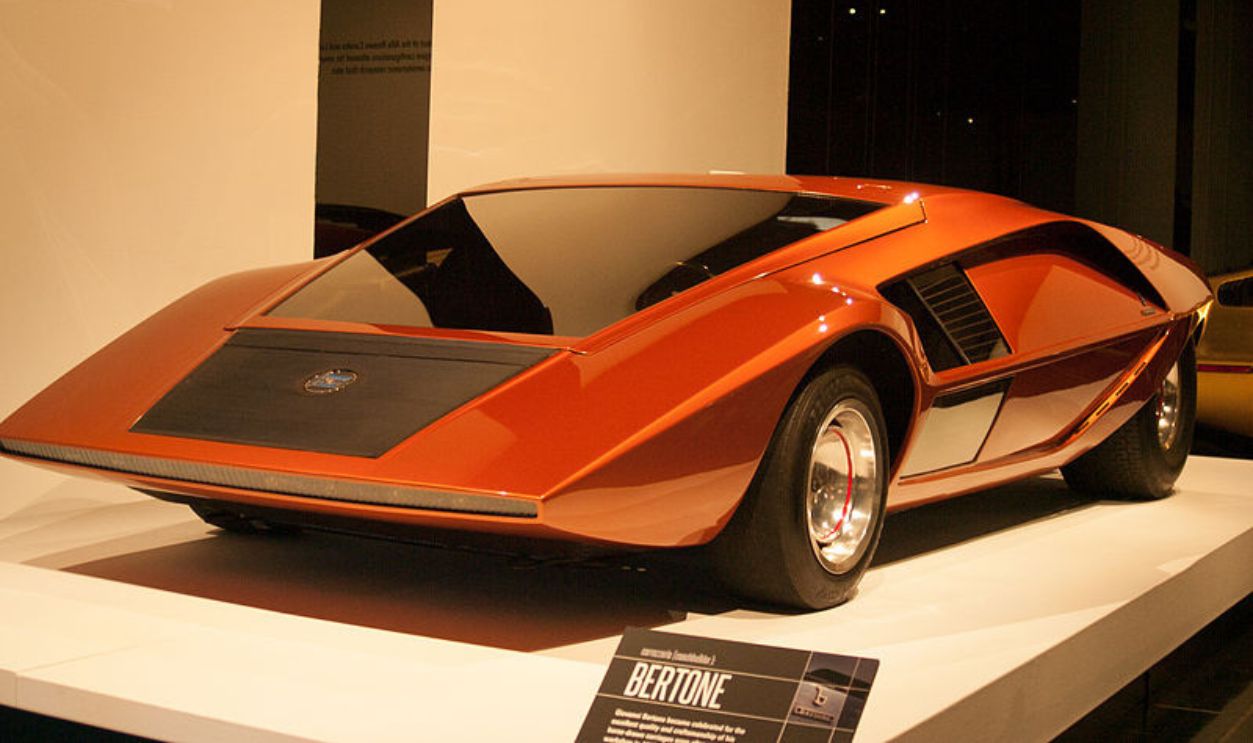 Dustin May, CC BY-SA 2.0, Wikimedia Commons
Dustin May, CC BY-SA 2.0, Wikimedia Commons
Lamborghini Miura
The original mid-engine supercar, the Miura stunned the world in the 1960s by turning the V12 sideways and tossing it behind the seats. No one had done it quite like that before. Lamborghini didn’t just break the rules—it made new ones. It was beautiful, fast, and almost comically impractical… but the engine placement? Revolutionary.
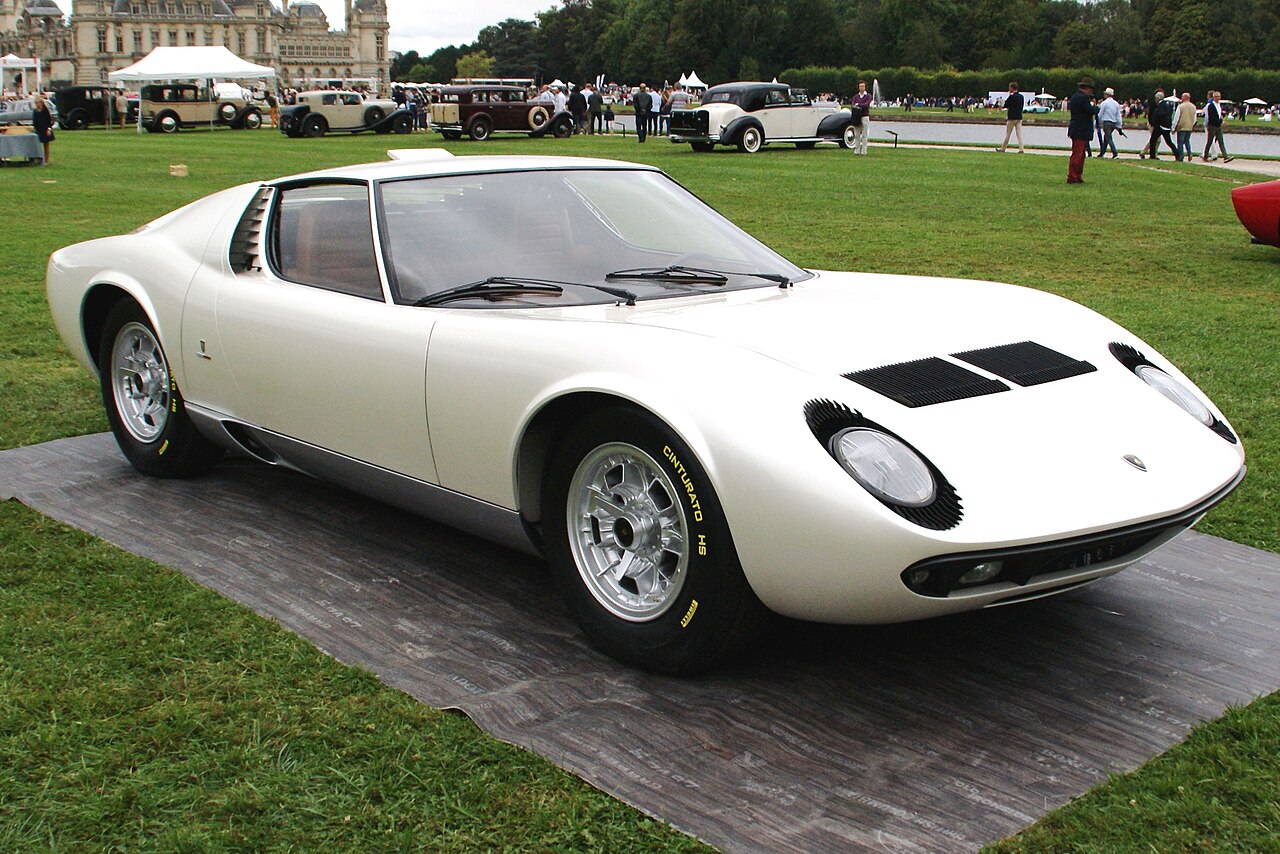 Eric Manesse, CC BY-SA 4.0, Wikimedia Commons
Eric Manesse, CC BY-SA 4.0, Wikimedia Commons
Ford RS200
Built for Group B rally insanity, the RS200 flipped expectations by being mid-engined with four-wheel drive. Ford didn’t just move the engine—they redesigned the entire car around it. The result: a lightweight, turbocharged beast that could tackle anything (as long as the driver had the guts to handle it).
 MrWalkr, CC BY-SA 4.0, Wikimedia Commons
MrWalkr, CC BY-SA 4.0, Wikimedia Commons
Cizeta-Moroder V16T
Ever heard of a transverse V16? If you haven't you aren't alone—because only the Cizeta-Moroder V16T dared to do it. This rare Italian supercar crammed a 16-cylinder engine sideways across the car behind the seats. It was as wide as a boat and nearly impossible to build—but there's no denying it was unique.
 Craig Howell from San Carlos, CA, USA, CC BY 2.0, Wikimedia Commons
Craig Howell from San Carlos, CA, USA, CC BY 2.0, Wikimedia Commons
Pagani Zonda
Pagani didn’t mess around when it came to engine placement. The Zonda’s massive AMG V12 is mounted mid-rear, with enough exposed carbon fiber and exhaust plumbing to make a race car blush. It’s balanced, aggressive, and completely bonkers—and that mid-engine setup is a big reason why.
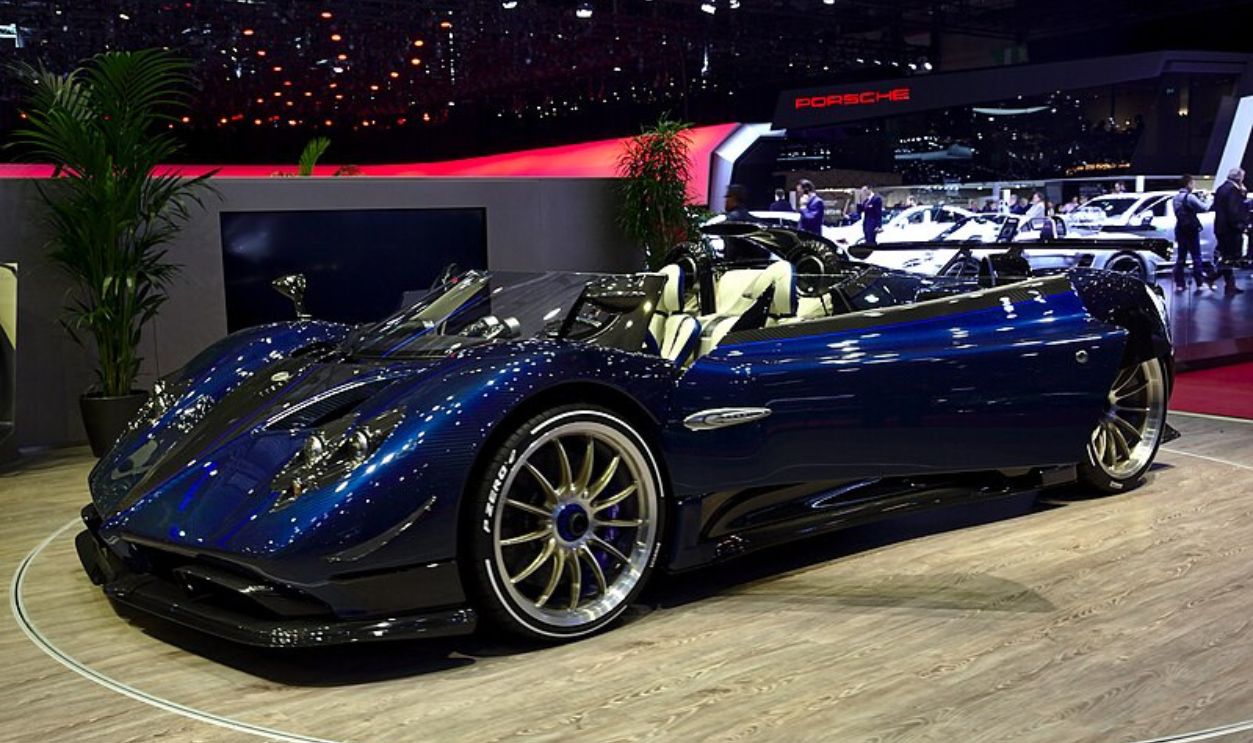 Alexander Migl, CC BY-SA 4.0, Wikimedia Commons
Alexander Migl, CC BY-SA 4.0, Wikimedia Commons
Alfa Romeo 4C
Lightweight and Ferrari-adjacent, the Alfa Romeo 4C is a carbon-fiber tub with a mid-mounted turbo four-cylinder engine. It’s tiny and featherweight, and it doesn’t care about comfort (it just wants corners). The “wrong” engine position helps make it one of the sharpest handling cars under six figures.
Vector W8
A 1980s fever dream turned real, the Vector W8 placed its twin-turbo V8 behind the driver in a futuristic wedge of fiberglass and aggression. Built more like a fighter jet than a car, it was weird, wild, and kind of wonderful.
BMW i8
You might expect a car with scissor doors and sleek curves to have a screaming V10—but the BMW i8 had a tiny 3-cylinder engine…mid-mounted. It worked with an electric motor up front to create a hybrid layout that defied convention. The result was high-tech, futuristic fun with surprising balance.
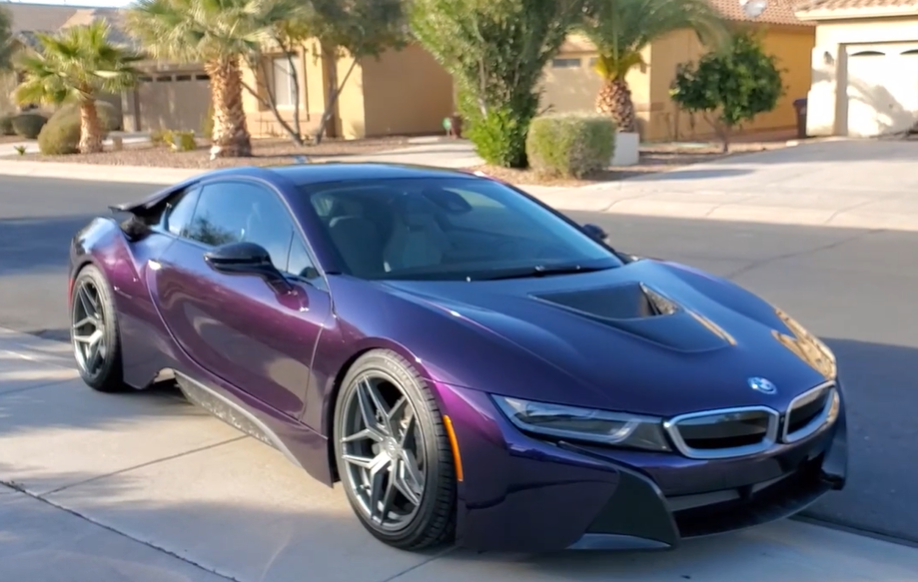 RDDC, Inozetek Supergloss Midnight Purple BMW i8
RDDC, Inozetek Supergloss Midnight Purple BMW i8
Ferrari Testarossa
The Testarossa’s flat-12 was mounted rear-mid, but the real shock was how wide it made the car. Those signature side strakes weren’t just for show—they fed air into the beast hiding behind the cabin. Sleek, flashy, and wonderfully dramatic, the Testarossa had one of the boldest layouts Ferrari ever built.
 The Private Car Collection of Prince Rainier III of Monaco - FULL TOUR | 100+ CARS!, Jason's Supra
The Private Car Collection of Prince Rainier III of Monaco - FULL TOUR | 100+ CARS!, Jason's Supra
You Might Also Like:
The Rarest American Supercars Ever Made

